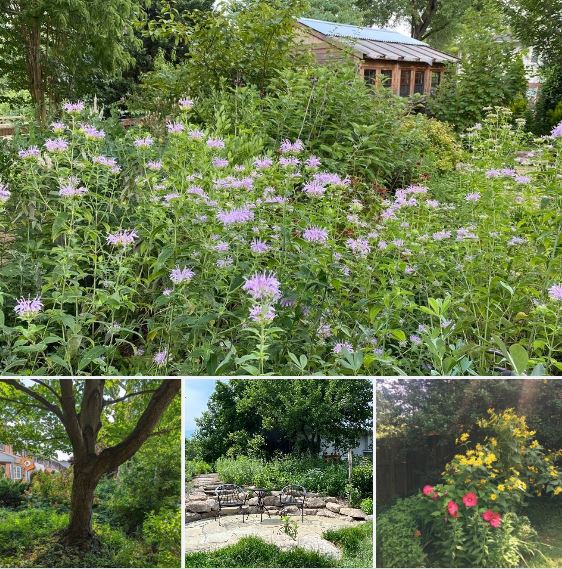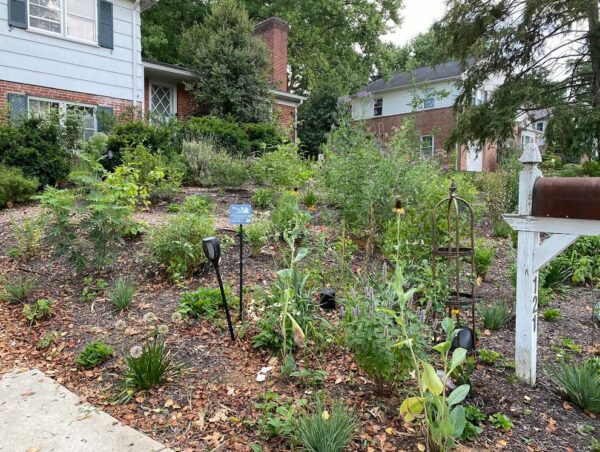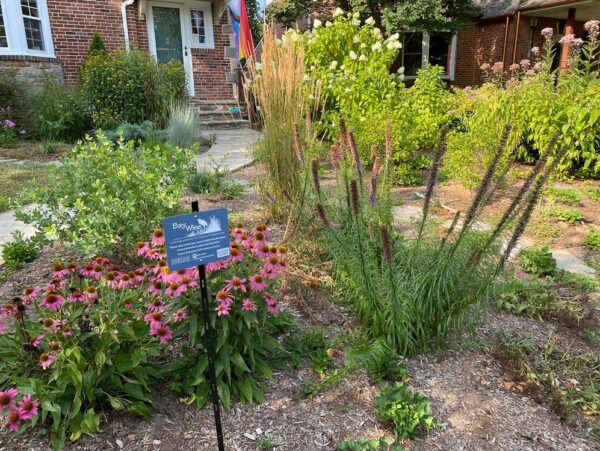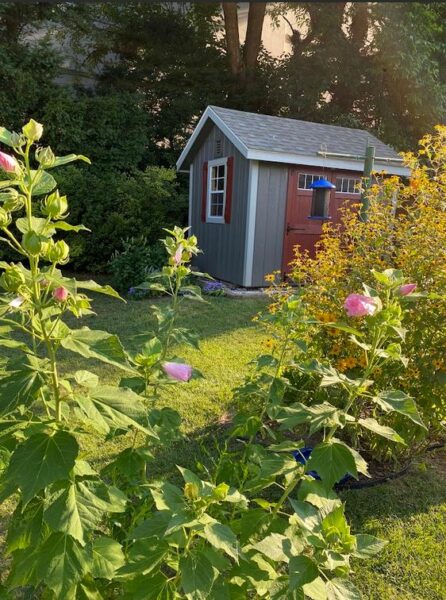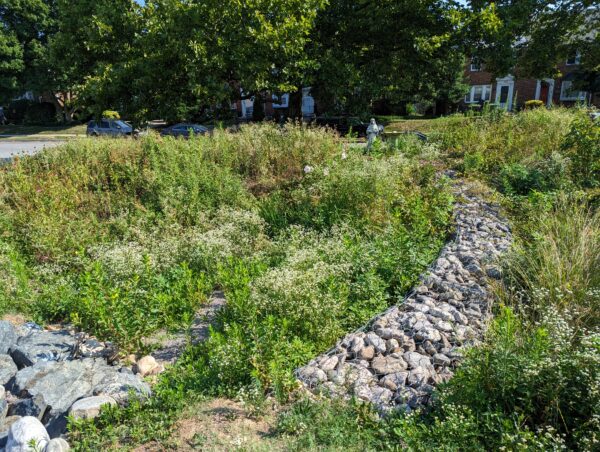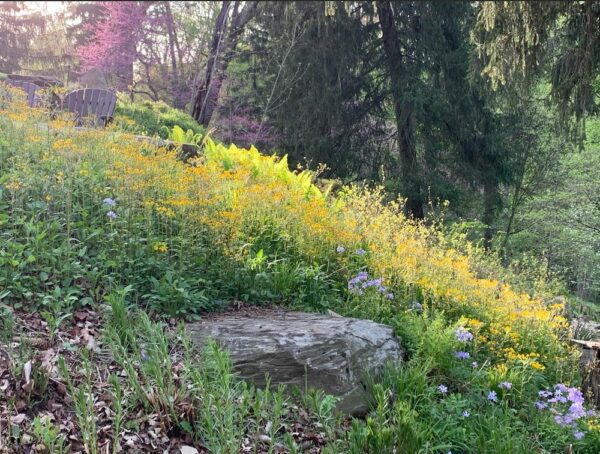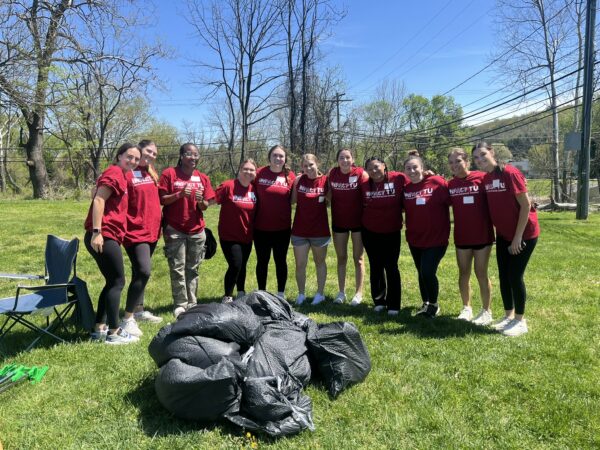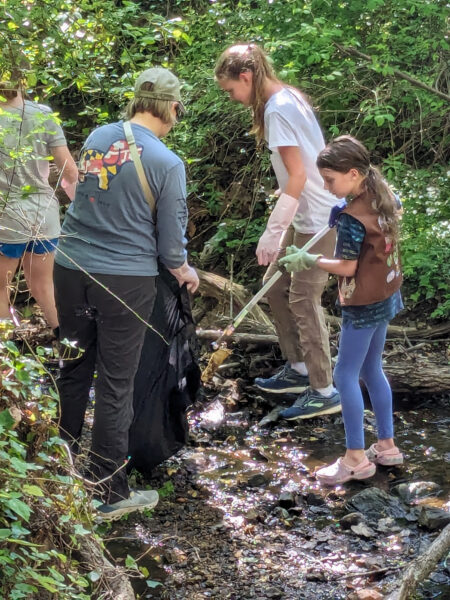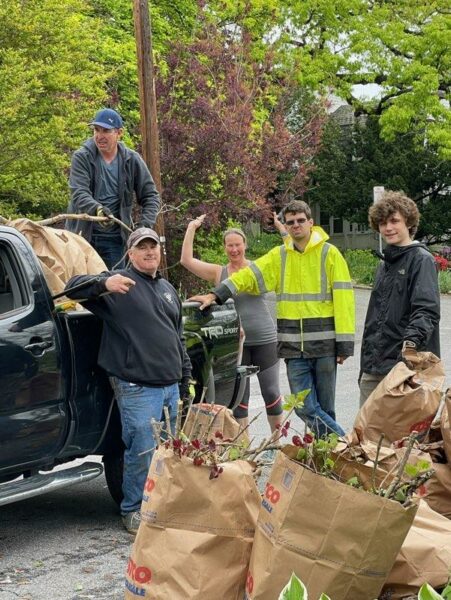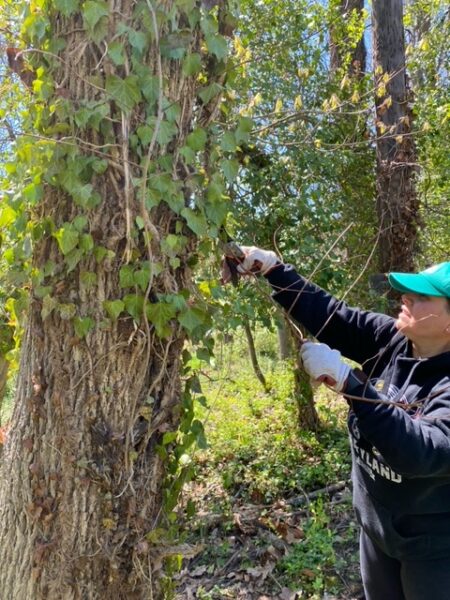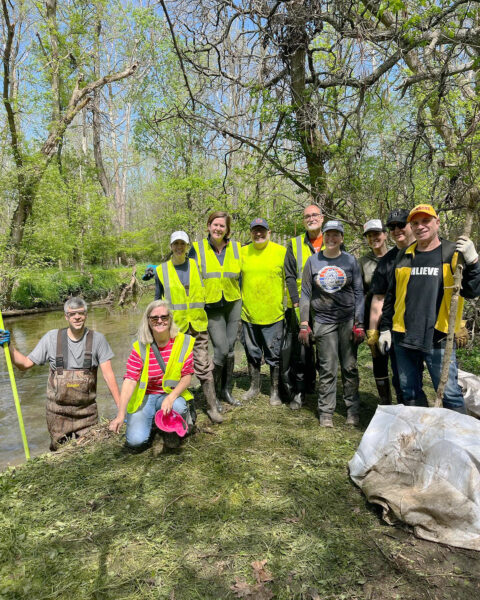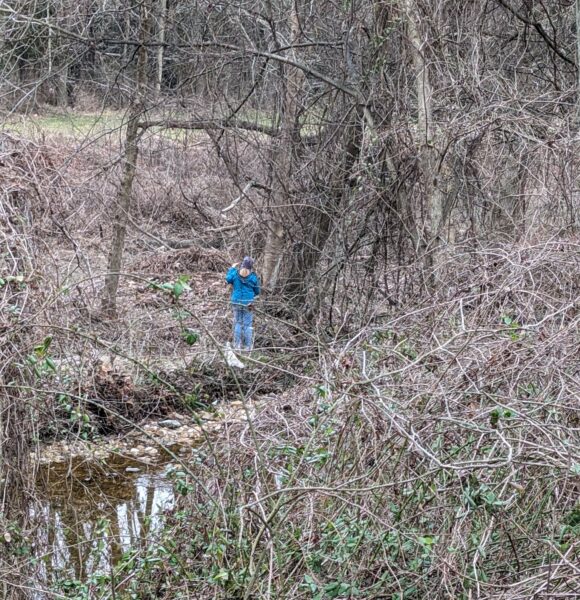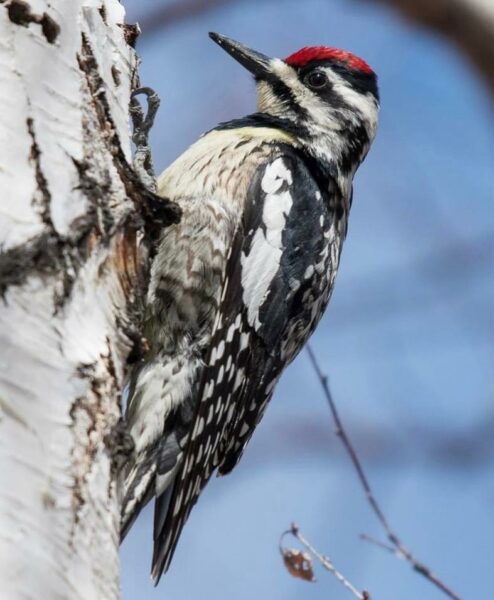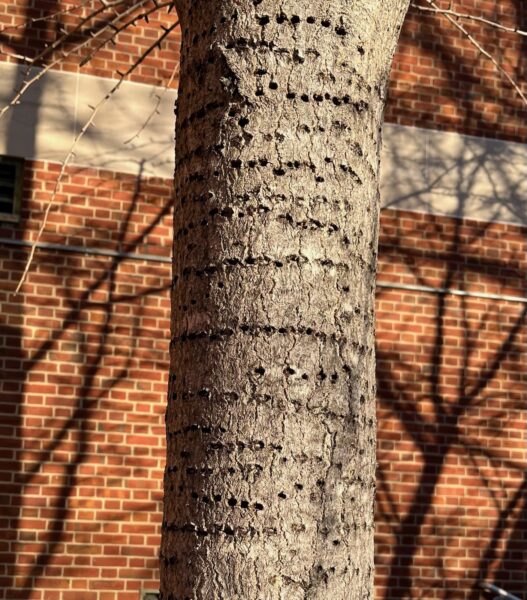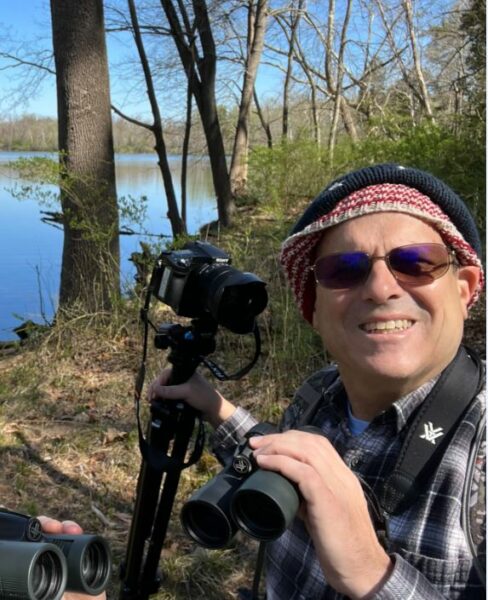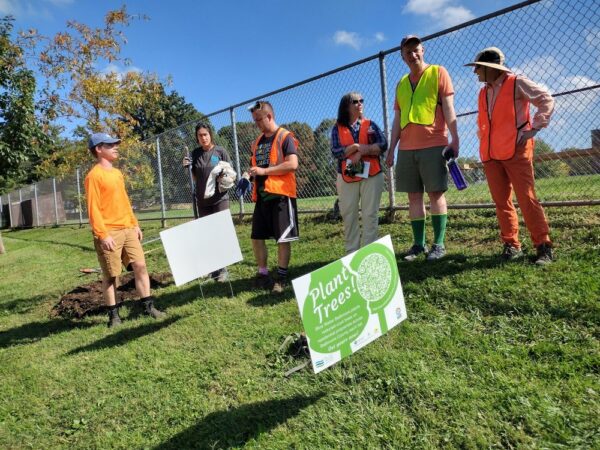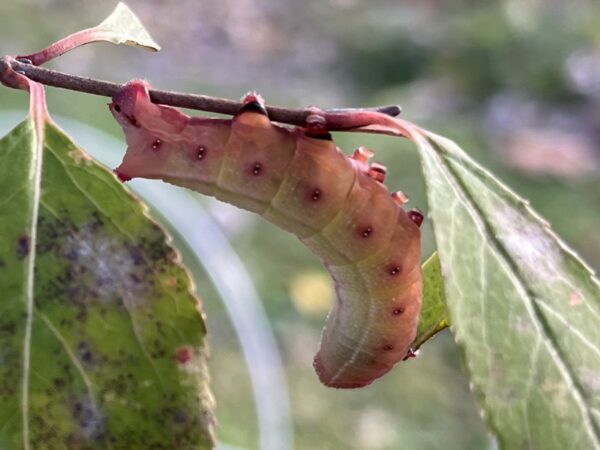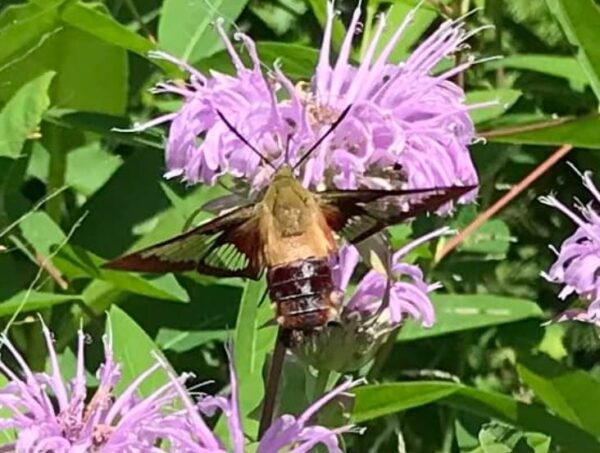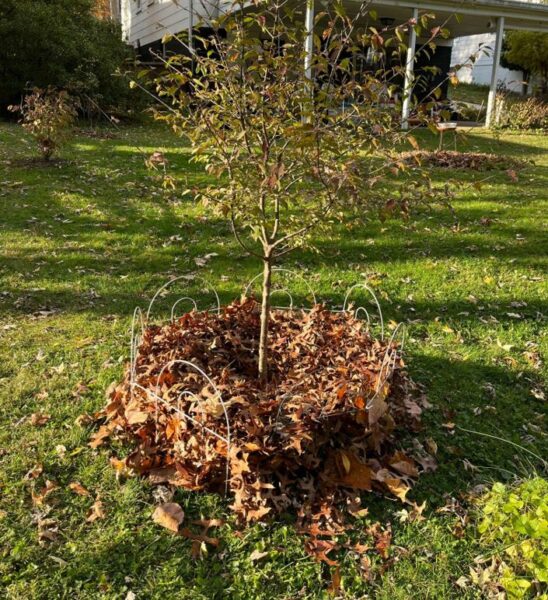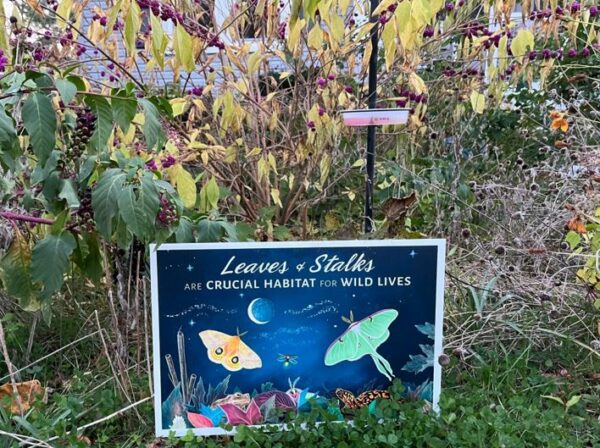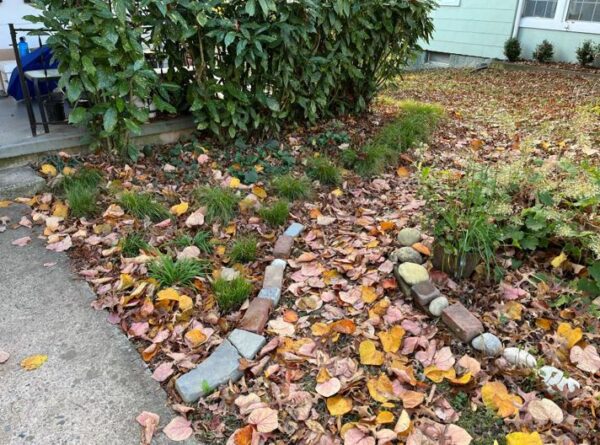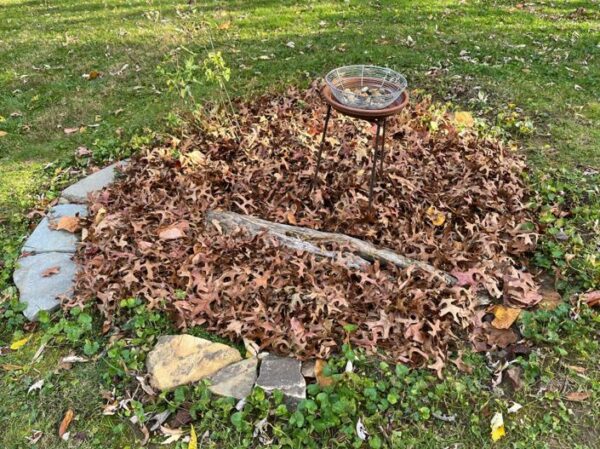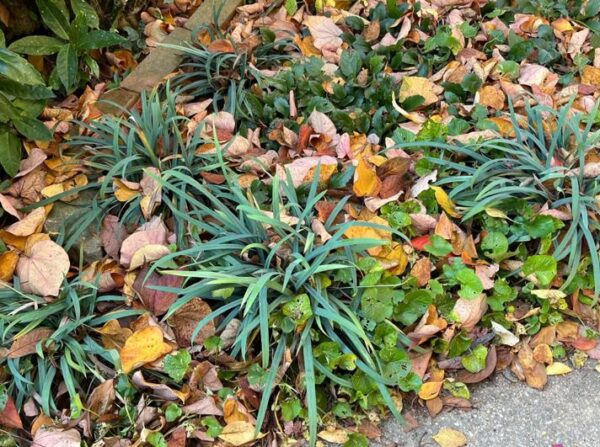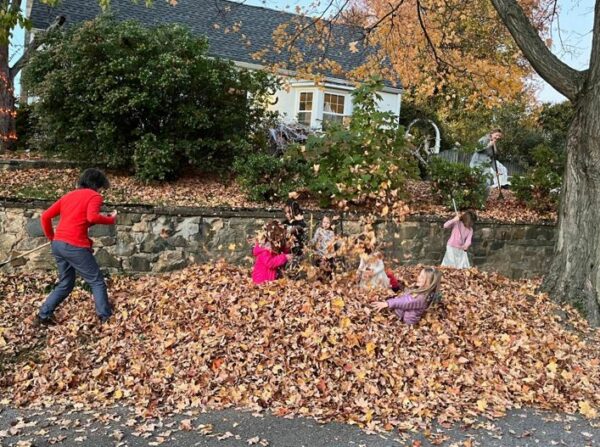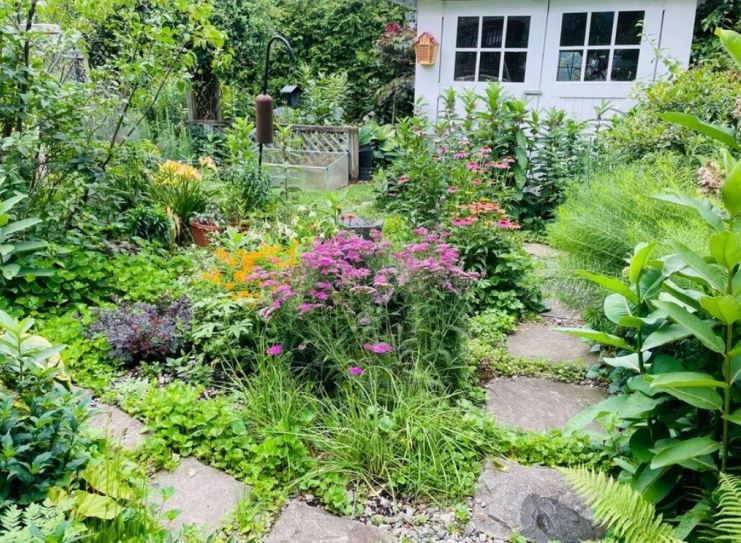2023 Triennial Review
Green Towson Alliance Executive Committee
September 8, 2023
INTRODUCTION
As described by the Maryland Department of Planning, “each county is required to prepare, adopt, and annually maintain, a 10-year forecasted Water and Sewerage Plan to demonstrate how safe and adequate water and sewerage facilities will be provided to support planned redevelopment and new growth.” Baltimore County’s plan is due this year for its triennial review by the Maryland Department of the Environment (MDE).
The plan first will be reviewed by the Baltimore County Planning Board and then referred to the County Council with any recommended changes. The plan must be approved by the Council and then sent to the County Executive for his approval before being submitted to MDE for final approval.
There is systemic error in the way Baltimore County regulates adequate public sanitary sewerage facilities, the County’s own Administrative Law Judges have confirmed that error and the Department of Public Works and Transportation (DPWT) cannot be relied upon to self-correct.
Therefore, we believe that:
- The plan must be amended to require a comprehensive review by outside experts of the methodology and information used by the Baltimore County Department of Public Works and Transportation (DPWT) to a) prepare the Basic Services Sewerage Map and b) review individual development plans to determine whether public sewerage facilities are adequate to support the development described in the plans.
- The County Council should enact an ordinance suspending the approval of any development plan requiring the approval of a hearing officer as described in Subtitle 2 of Title 4 of Article 32 of the County Code until the independent review is completed and any recommended changes are implemented.
There is systematic error in the regulatory process by which the County purportedly ensures that sewage from redevelopment and new growth served by public sewerage facilities does not overburden those facilities.
The most important requirement of the sewerage component of a Water and Sewerage Plan is that a county has a regulatory process that complies with Section 9-512 of the Environment Article of the State Code by ensuring that new development served by public sewerage facilities is not approved unless sewage from that new development can be safely conveyed, pumped and treated by those facilities. The County’s process does not satisfy that requirement.
The County’s “adequate public facilities ordinance” (APFO) is found in Title 6 of Article 32 of the County Code. According to Section 32-4-410 of the code, the standard for public sewerage facilities is that they “must be designed and located to function safely and without danger of contaminating groundwater, surface water, or public or private water supplies.”
That standard is supposed to be enforced through annual adoption of
Basic Services Sewerage Map (BSSM) prepared by DPWT in
accordance with Section 4A02 of the Baltimore County Zoning
Regulations and through a a project-by-project review by DPWT. Earlier this year, detailed testimony was submitted to the County Council in opposition to Bill 19-23, which approved the most recent BSSM prepared by DPWT.
The testimony, incorporated by reference to this letter, describes specific flaws in DPWT’s methodology, including the failure to evaluate sewage conveyance (pipe) capacity under wet weather conditions, and also identified the use of inaccurate information, including outdated population and employment estimates. The flawed methodology and inaccurate information result in systematic error by DPWT in recommending the approval of projects for the adequacy of public sewerage facilities, a fact borne out by recent administrative decisions.
Recent decisions by the County’s own administrative law judges have confirmed the systematic error by DPWT.
Beginning in 2018, a series of studies and reports done by private engineering firms on behalf of the County became available to the public. For the first time, Count residents had access to information indicating the DPWT was systematically overstating the adequacy of public sewerage facilities to support new development.
A 2012 study of the public sewerage facilities in the Jones Falls “sewershed” done for the County by the highly regarded engineering firm RK&K was not released to the public until 2018. Revelations of the numerous deficiencies identified by RK&K resulted in challenges to development plans on the basis that public sewerage facilities were not adequate, contrary to recommendations by DPWT.
In 2019, residents contested DPWT’s determination that public sewerage facilities were adequate for the proposed Blue Stem Village project near Lake Roland. They presented expert testimony based on the RK&K report.
The Administrative Law Judge (ALJ) John Beverungen, disapproved the development plan for the project, stating that “the sewer system serving the subject property is woefully inadequate to handle existing demand, much less the additional inputs from recently approved developments in the Towson area.” (p. 25) He emphasized the deficiencies in the undersized 42-inch interceptor sewer that carried sewage under Lake Roland. (p. 23) His decision was upheld by the County Board of Appeals.
In July of this year, another ALJ member, Maureen Murphy, denied the proposed Greenspring Manor Development located on Joppa Road, also in the Jones Falls sewershed. After reviewing 13 days of testimony, including extensive testimony from a highly qualified sewer design engineer, she concluded, “it was clear to me the sewage path from the Property cannot handle the existing sewage which flows along that path, much the additional sewage that will come from adding 61 homes to the sewer system.” (p. 129)
Judge Murphy referred to other information that has come to light since 2018, including a “performance assessment” done by RJN Group in 2021. She noted that Johns Hopkins failed to correct deficiencies in eight pipe segments as required for their previous project at Greenspring Station, but clarified that the RJN model-predicted SSO’s “are not only within the Johns Hopkins sewer segments, but are also downstream from the Johns Hopkins’ segments and again within the Project’s sewer path” (p. 118)
Judge Murphy also referred to a 2022 report by the Ramboll Group. “I agree, unfortunately, that the results of the Ramboll report show a worsening of condition of the sewer system…” She found that both the Ramboll report and a 2022 evaluation of the Jones Falls sewershed done by Hazen & Sawyer provided “compelling evidence” that the pipes in the sewage path from the site of the project to the city/county line are at overcapacity. (p. 126)
In 2022, Judge Murphy concluded that the public sewerage facilities for the Torch Hill project on Seminary Avenue, also in the Jones Falls sewershed, were adequate. The Board of Appeals recently voted to approve her decision based on the record of evidence introduced at the Torch Hill hearing.
What changed between her decision in the Torch Hill case in 2022 and her decision this year in the Greenspring Manor case? The answer lies in a point emphasized by Judge Murphy in the Greenspring Manor case: “Neither the Ramboll Report nor the Hazen [Hazen & Sawyer] Report were produced in evidence in Torch Hill.” (p. 124)
The 2022 Ramboll and Hazen & Sawyer reports confirmed that the deficiencies identified by RK&K in 2012 still exist and that public sewerage facilities in the Jones Falls sewershed remain inadequate to support new development. In other words, the entire sewershed should have been designated as “deficient” on the 2022 and 2023 BSSMs approved by the Council.
The history of a lack of transparency by DPWT diminishes the agency’s credibility.
In the Greenspring Manor decision, Judge Murphy made a pointed reference to the failure of engineers from DPWT to appear at the hearing and testify in support of the agency’s position that public sewerage facilities were adequate for the project. In her words, “The silence is deafening.” (p.127) The implication is that the engineers were reluctant to put their professional reputations at risk by defending DPWT’s position.
She also alluded to DPWT’s lack of transparency: “But for the County documents produced through PIA requests, we would not know the extent of the DPWT concerns about the sewer for this project.” (p. 120) That lack of transparency was nothing new.
Environmental activists were tipped off in 2016 about the existence of the 2012 RK&K report described above, but it took them two more years and the intervention of Del. Dana Stein, vice chair of the House Environment and Transportation Committee of the Maryland General Assembly, to obtain a copy from DPWT. The report was part of a requirement under the 2005 consent decree with MDE and the Environmental Protection Agency (EPA) that the County prepare a Sewershed Repair, Replacement and Rehabilitation (SRRR) plan to prevent sanitary sewer overflows (SSOs).
It was not until 2020 that the same group of activists found out that it was DPWT employees, not RK&K employees, who selected the model for predicting the impact of rainfall on the system included in the SRRR plan. DPWT substituted a storm event of 6-hour duration occurring once every 10 years for the storm events of 24-hour duration occurring once every 10 and 20 years used by RK&K in its analysis.
The model selected by DPWT had the effect of eliminating the costliest upgrades that RK&K deemed necessary to comply with the federal consent decree. From all outward appearances, it looks like the SRRR plan was prepared by RK&K. Most of it was – just not the most critical component.
Finally, during the Council’s annual review and approval of the BSSM in April 2022, Councilman Izzy Patoka asked a representative of DPWT about the condition of the Lake Roland interceptor sewer. The representative made no mention of the Ramboll report confirming that deficiencies identified by RK&K still existed.
The final draft of the Ramboll report was dated June 2022. There were only a few minor changes made to the initial draft published by Ramboll in February 2022, however, and DPWT was aware of the substance of Ramboll’s findings at the time of the Council hearing in April.
The Ramboll report was not disclosed to the Council, nor was it made known to the general public in time to be introduced into evidence in the Torch Hill case in July 2022. A member of the group of activists found the Ramboll report in November 2022. For some reason, the report was posted on the website of the Lake Roland Nature Council, not the first place one would look for a major engineering study done for the County.
Knowledge of Ramboll’s findings likely would have changed the outcome of that case. As described above, Judge Murphy observed in the Greenspring Manor case that “unfortunately, the results of the Ramboll Report showed a worsening of condition of the sewer system” since the 2012 RK&K study – not the improvement claimed by DPWT. (p. 126)
Under the County’s unusual law for approval of development plans, it was Judge Murphy who made the administrative decision on behalf of the County whether or not to approve the proposed development plan for Torch Hill. I.e., the proceedings before her were not an appeal of a prior decision. County agencies, including DPWT, were under a duty to prepare comments for her consideration.
If the County is going to place final administrative decisions on the adequacy of public sewerage facilities in the hands of ALJ’s, then its agencies have a duty to make sure that the ALJs have current and accurate information when decisions are made. In the case of Torch Hill, that meant that DPWT should have provided the Ramboll report to Judge Murphy in time for the July 2022 hearings, even if that required updating its initial comments.
For a span of ten years DPWT failed to disclose documents in a timely manner, took other actions that misled the public about deficiencies in the County’s public sewerage facilities and recommended approval of development that those facilities could not safely support. The review of the County’s process for ensuring the adequacy of public sewerage facilities to support development cannot be entrusted to DPWT.
CONCLUSION
The fact that ALJs, obligated to apply the law and engineering principles as explained by experts to specific facts, are now consistently rejecting DPWT’s recommendations that public sewerage facilities are adequate to serve proposed projects demonstrates that there is something inherently wrong with the methodology and information used by DPWT. And the fact that engineers from DPWT do not show up at the hearings to defend their recommendations demonstrates that those engineers know something is wrong.
The County’s use of flawed methodology and inaccurate information shifts the burden and expense of enforcing the State and County environmental law described above from DPWT to ordinary residents. That not only results in sporadic and ineffective enforcement but also raises a profound issue of environmental justice: Only residents who can afford to pay lawyers and expert witnesses to contest DPWT’s recommendations before an ALJ get the benefit of law enacted to protect them from the harm done by SSOs.
The Water and Sewerage Plan must include a requirement for a comprehensive review by a team of outside experts of the methodology and information used by DPWT to prepare the BSSM and to review and approve individual development plans for adequacy of public sewerage facilities. The current regulatory process is broken and must be fixed.
Additionally, the County Council should enact an ordinance suspending the approval of any development plan requiring the approval of a hearing officer until that review is completed and any recommended changes are implemented. The Council is the only entity in the County that has the power to impose such a “moratorium” on development.
The Green Towson Alliance Executive Committee:
John Alexander
Ray Heil
Kirsten Hoffman
Beth Miller
Dr. Carol Newill
Lauren Stranahan
